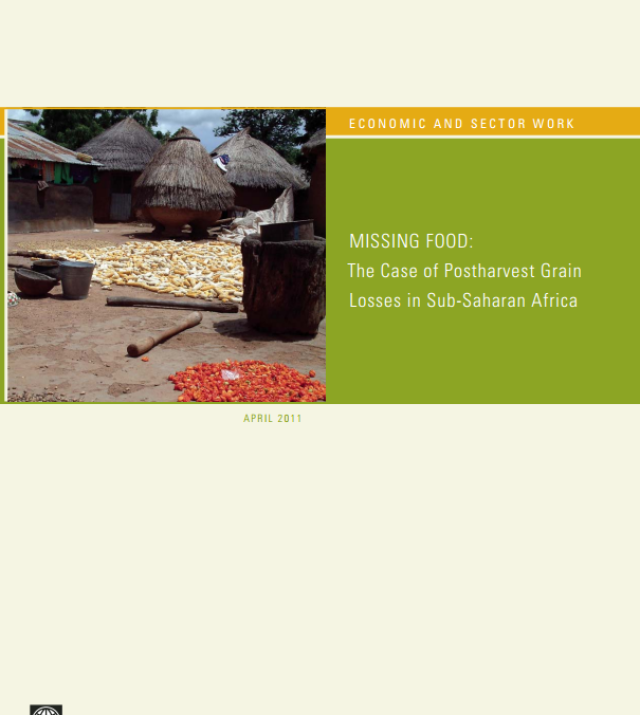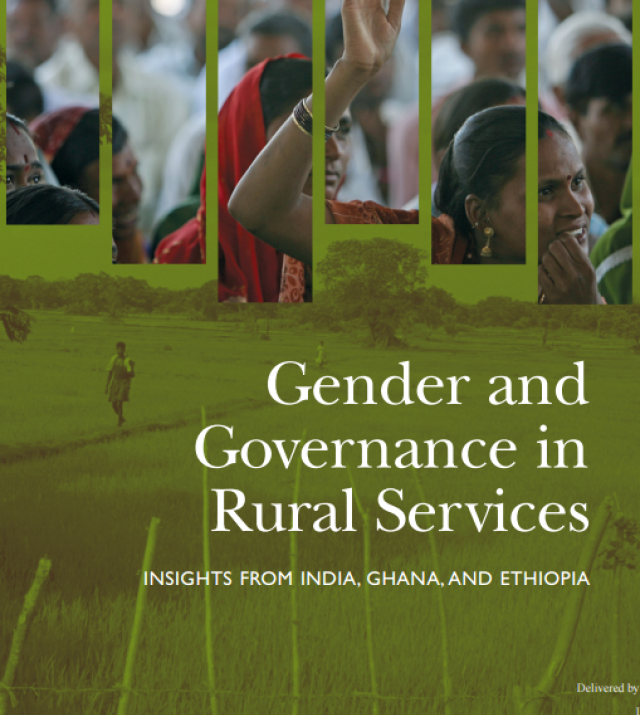
Growth and Poverty Reduction Impacts of Public Investments in Agriculture and Rural Areas: Assessment Techniques, Tools, and Guide for Practitioners

Public expenditure is an important instrument for promoting economic growth and poverty reduction. Given the predominant role of agriculture in the economy of many developing countries, it is not surprising that public expenditure on the agriculture sector and in rural areas is one of the most important government instruments for promoting overall economic growth and reducing mass poverty.
Often governments and their development partners have clear principles on how they should, for example, prioritize their scarce resources. For example, allocate resources in favor of those sectors which can make the strongest contributions to accelerating pro-poor growth and human development or shift resources in favor of projects and programs which most clearly contribute to poverty eradication in a cost effective manner. However, what is lacking is the information that can be used to operationalize these principles. While there is an abundance of theories, methods and evidence on the growth and poverty impacts of public investment, due to differences in methodological approaches and data used in assessing the impacts, there is a large variation in the empirical findings of past studies on the magnitude of impacts and, to some extent, on the direction of impacts. Furthermore, there is very little evidence on the impact of public investments in developing countries, particularly in sub-Saharan Africa.
To help fill these knowledge gaps, and particularly help build the capacity for undertaking related public investment analyses, this document lays out a conceptual and empirical framework for a holistic assessment of the economy-wide, growth and poverty reduction impacts of public investments in agriculture and rural areas; and shows how the framework and results of the analysis can be used for budgeting, monitoring and evaluating public investments and poverty reduction strategies to achieve stated development objectives.

